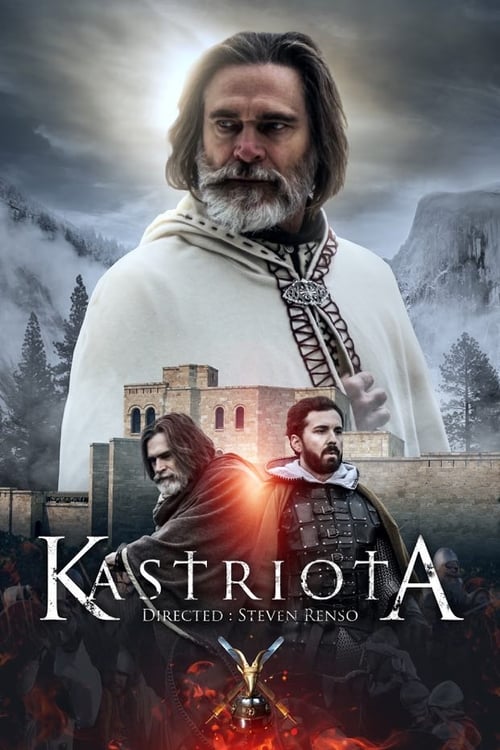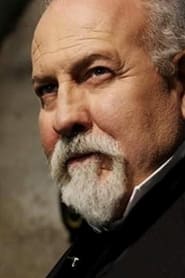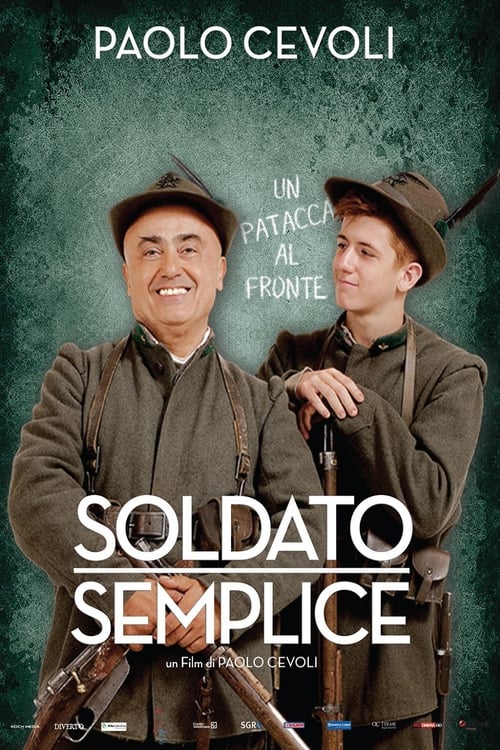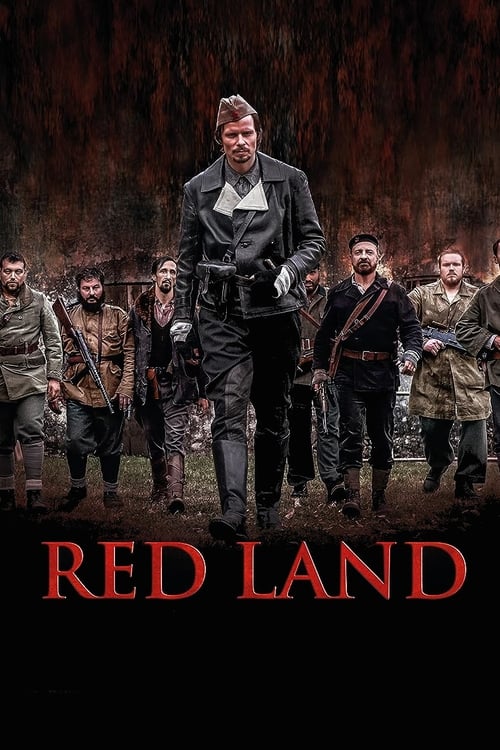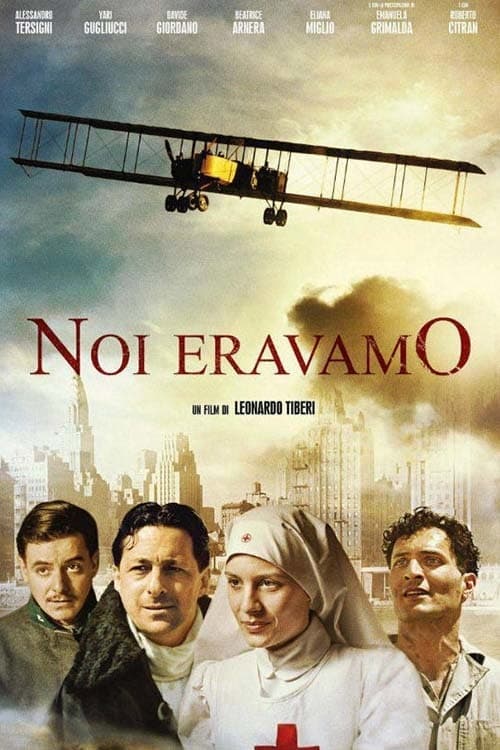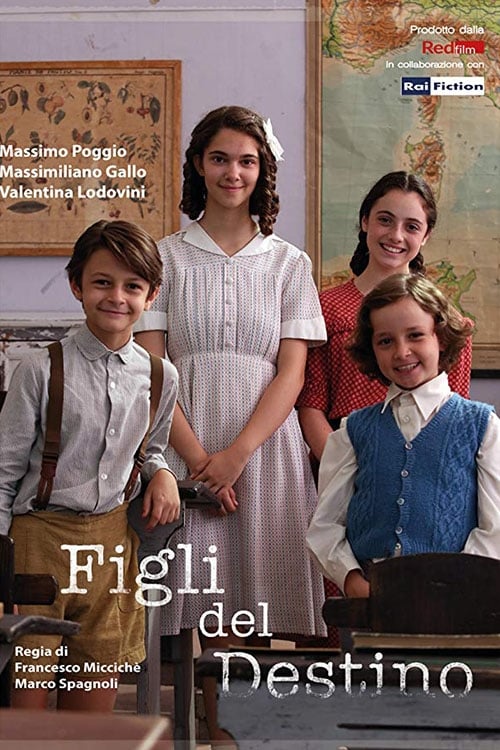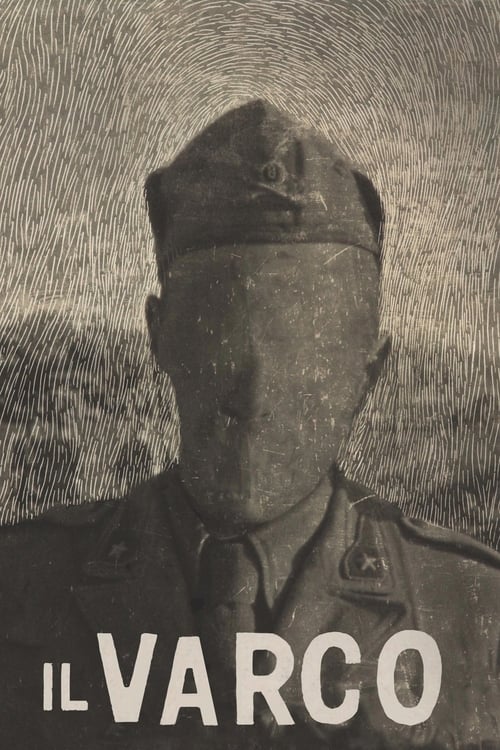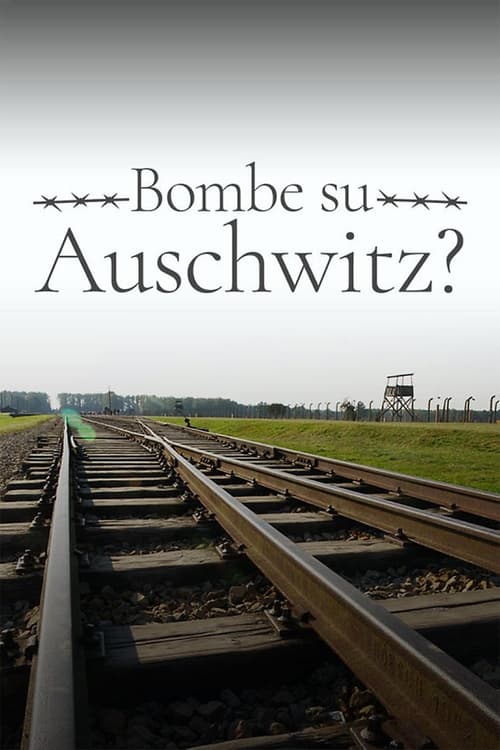
Ask Your Own Question
What is the plot?
What is the ending?
In the ending of "Kastriota," the film culminates in a fierce battle where the protagonist, Skanderbeg, faces overwhelming odds against the Ottoman forces. Despite his valiant efforts and strategic prowess, he ultimately succumbs to the relentless assault. The film concludes with a poignant reflection on his legacy, as his spirit inspires future generations to continue the fight for freedom.
As the final act unfolds, the atmosphere is thick with tension. The sun hangs low in the sky, casting a golden hue over the battlefield, where Skanderbeg and his loyal soldiers prepare for what they know could be their last stand. The air is filled with the sounds of clashing swords and the cries of warriors, each man driven by a fierce loyalty to their homeland and their leader.
Scene by scene, the battle begins with Skanderbeg rallying his troops. His voice, filled with passion and determination, echoes across the field as he reminds them of their shared purpose: to protect their land from the encroaching Ottoman Empire. The camera captures the fierce resolve in his eyes, reflecting his internal struggle between hope and despair. His soldiers, inspired by his bravery, respond with a unified battle cry, ready to face the enemy.
As the battle commences, the screen is filled with chaos. Skanderbeg leads the charge, his sword glinting in the sunlight as he cuts through the ranks of the Ottoman soldiers. The choreography of the fight scenes is intense, showcasing the brutality of war. Each clash of metal resonates with the weight of their struggle, and the cinematography captures the visceral emotions of fear, courage, and desperation.
Amidst the chaos, we see glimpses of Skanderbeg's closest allies. His trusted general fights valiantly by his side, embodying loyalty and camaraderie. However, as the battle rages on, the tide begins to turn against them. The Ottomans, with their superior numbers, start to overwhelm Skanderbeg's forces. The camera lingers on the faces of the soldiers, revealing their fear and determination as they fight for their lives and their homeland.
In a pivotal moment, Skanderbeg finds himself surrounded. He fights fiercely, but the relentless onslaught of the Ottoman soldiers proves too much. The scene slows down, focusing on his face, which reflects a mix of defiance and resignation. He knows that he has fought bravely, but the reality of defeat looms large. As he falls, the camera captures the moment in slow motion, emphasizing the weight of his sacrifice.
The battle concludes with the Ottomans emerging victorious, but the film does not end on a note of despair. Instead, it shifts to a montage of Skanderbeg's legacy. The final scenes depict the aftermath of the battle, with the surviving soldiers mourning their fallen comrades. Yet, amidst the sorrow, there is a sense of hope. The film shows children in the village, inspired by Skanderbeg's bravery, vowing to continue the fight for freedom.
In the closing moments, the screen fades to black, and a voiceover echoes Skanderbeg's words about the importance of fighting for one's homeland. The film leaves the audience with a powerful message about resilience and the enduring spirit of those who stand against oppression.
As for the fates of the main characters, Skanderbeg ultimately sacrifices his life for the cause, becoming a martyr for his people. His general, though wounded, survives and vows to carry on his legacy. The soldiers who fought alongside him are left to grapple with their loss but are inspired to continue the struggle for freedom, ensuring that Skanderbeg's spirit lives on in their hearts and actions.
Is there a post-credit scene?
The movie "Kastriota," produced in 2018, does not feature a post-credit scene. The film concludes its narrative without any additional scenes or content after the credits roll. The story wraps up with a focus on the main themes and character arcs, leaving the audience with a sense of closure regarding the events that transpired throughout the film.
How does the film depict the impact of war on the civilian population?
The film poignantly illustrates the devastating effects of war on civilians through harrowing scenes of destruction and loss. Families are torn apart, and the emotional toll on the community is depicted through the eyes of children and elders, emphasizing the human cost of Skanderbeg's fight for freedom.
What motivates Skanderbeg to lead the resistance against the Ottomans?
Skanderbeg, the central character, is driven by a deep sense of duty to his homeland and a desire to protect his people from the oppressive rule of the Ottomans. His internal conflict is palpable as he grapples with the weight of leadership and the sacrifices required to unite the fragmented Albanian tribes.
How does the relationship between Skanderbeg and his childhood friend, the Ottoman commander, evolve throughout the film?
The relationship between Skanderbeg and his childhood friend, who becomes an Ottoman commander, is marked by nostalgia and tension. Initially, they share a bond rooted in their past, but as the conflict escalates, their friendship is tested by loyalty to their respective causes, leading to emotional confrontations that highlight their differing values.
What role does the character of Princess Mara play in Skanderbeg's journey?
Princess Mara serves as both a romantic interest and a source of strength for Skanderbeg. Her unwavering support and belief in his cause provide him with emotional grounding, while her own struggles against the constraints of her royal status reflect the broader themes of resistance and empowerment.
What are the key turning points in Skanderbeg's military strategy against the Ottomans?
Key turning points in Skanderbeg's military strategy include his use of guerrilla tactics, which catch the Ottomans off guard, and his ability to forge alliances with other tribes. These moments are marked by intense battle sequences that showcase his tactical brilliance and the growing unity among the Albanian forces.
Is this family friendly?
The movie "Kastriota," produced in 2018, is a historical drama that delves into themes of war, conflict, and personal sacrifice. While it presents a significant historical narrative, there are several aspects that may be considered objectionable or upsetting for children or sensitive viewers:
-
Violence and Warfare: The film depicts battles and conflicts, showcasing the brutality of war. Scenes may include combat, injuries, and the aftermath of violence, which could be distressing.
-
Death and Loss: Characters experience significant loss, including the death of loved ones. These moments are portrayed with emotional weight, which may be upsetting for younger audiences.
-
Emotional Turmoil: The characters undergo intense emotional struggles, including grief, betrayal, and despair. The portrayal of these feelings may resonate deeply and could be overwhelming for some viewers.
-
Historical Context: The film addresses themes of oppression and resistance, which may involve discussions or depictions of suffering and injustice that could be challenging for younger viewers to fully comprehend.
-
Mature Themes: The narrative explores complex themes such as loyalty, honor, and sacrifice, which may require a level of maturity to understand and process.
Overall, while "Kastriota" offers a rich historical narrative, its content may not be suitable for all children or sensitive individuals due to its intense themes and emotional depth.

